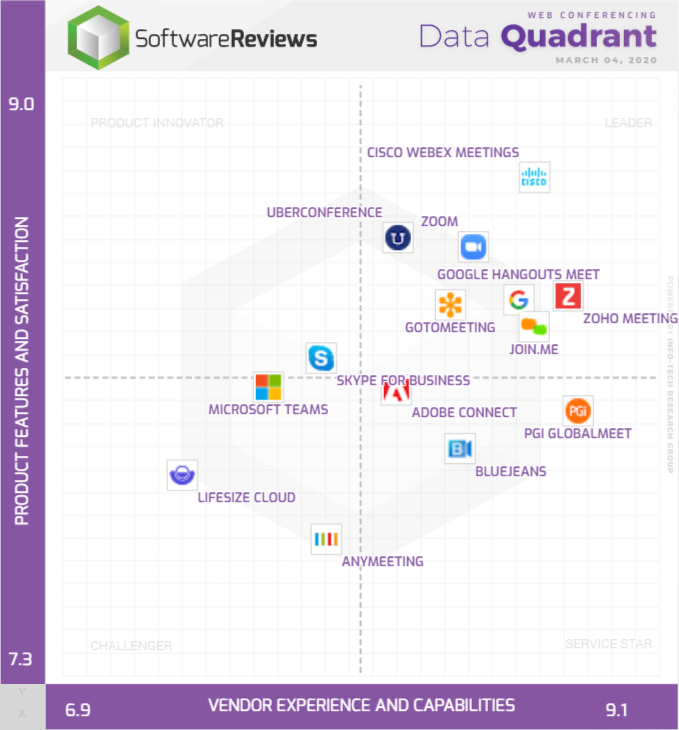The COVID-19 outbreak risks disrupting workflows across the world, forcing employees to stay home. However, given the range of effective collaboration tools that now exist, there are new opportunities for employees to stay connected and maintain their work life. In this note, I outline some general best practices to maintain effective collaboration during the COVID-19 outbreak – from collaborating in the office to working remotely.
First, if your organization has not made remote working mandatory or if working remotely is not an option, bear in mind the following when collaborating:
- Go contactless. Follow the World Health Organization’s (WHO) general health guidelines for limiting the spread of COVID-19 – wash hands frequently, keep surfaces clean, and avoid passing objects (like pens) between people. While you’re at it, switch out the handshake for a footshake.
- Limit or temporarily avoid face-to-face meetings. Use voice/video conferencing software instead. The experience might be less rich, but it is the next best thing for synchronous communication. Most video conferencing software, such as Zoom, is now quick to install and easy to use.
- Got something quick to say? Use IM. Instant messaging (IM) software is great for generating quick responses or fast check-ins. There’s no need to approach your colleague and accidentally sneeze in their face, or to risk losing another email in a cluttered inbox.

Source: Web Conferencing Data Quadrant at SoftwareReviews. Accessed March 4, 2020.
If remote work is a possibility, and perhaps already mandatory in some cases, consider these other points for effective collaboration across distance:
- Begin with Info-Tech’s Info-Tech’s Implement Crisis Management Best Practices. Implement clear remote work policies that establish what is acceptable for remote work, covering security issues, logistics, workflows, and communication flows.
- Rationalize your collaboration toolset to reduce confusion. Within your remote work policy framework, limit your team to a reduced collaboration toolset that they should use during the crisis. Your toolset should cover:
- Communication (voice/video conferencing)
- Coordination (project management)
- Content Management (storage, file sync and share)
- Ensure your chosen rationalized toolset is employee driven. Given the short timespan organizations have to put together a business continuity plan, choose tools that your employees are already using and using well. If this means putting off a Microsoft Teams rollout for a few months, so be it.
- Once you’ve picked your tools, communicate and enforce this list. Disable other tools or have strict measures in place to prevent shadow IT.
- Have continual open communication. Schedule daily broadcasts, recorded videos, or newsletters to keep everyone aligned, briefed, and together.
- Stay social and in touch. If you already had meetings, keep those – they maintain a guise of normalcy. Use voice/video conferencing to conduct these. Moreover, check in with one another through IM to stay connected and boost morale.
- Take advantage of current collaboration vendors’ freemium offerings. Zoom, Cisco, Microsoft, and Google have all offered temporary premium solutions for free to keep business as usual (even if remote). If your reduced toolset includes any of these major vendors’ solutions, see if you can benefit.
Don’t panic: prepare! Use COVID-19 as an opportunity to lay the groundwork for rationalizing your collaboration toolset and building a communication playbook to optimize information flow and create employee alignment.
WANT TO KNOW MORE?
Respond Effectively to COVID-19